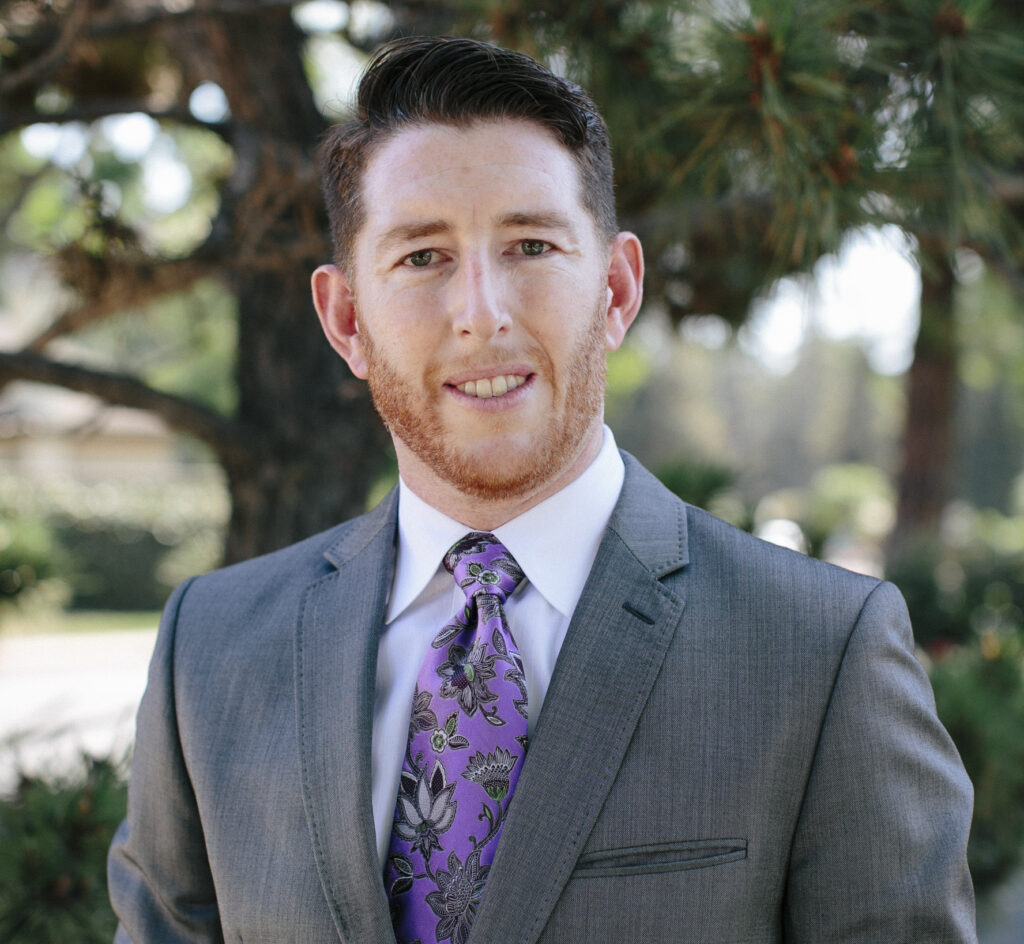What’s Required for PPP Loan Forgiveness? A Lot!

“The PPP loan forgiveness process doesn’t happen automatically,” explained Brad Mewes of Supplement Advisory, during ASA’s November 11th Webinar Wednesday presentation on “Taxation and PPP Loan Forgiveness.” Attendees learned about common mistakes in PPP tax planning and loan forgiveness, as well as ways to potentially reduce their taxes. As he began his presentation, Mewes emphasized, “We’re on a mission to help as many business owners as we can survive this crisis.”
“The foundation of avoiding costly mistakes comes down to proper planning. Adjustments for forgiveness are made in increments of 10%, so planning is crucial because small percentage changes can result in large monetary increases,” he added, posing the question, “What makes PPP loan forgiveness so complicated?”
The PPP loan forgiveness process requires documentation, guidance and calculations. Documentation include payroll statements, mortgage statements, taxes paid, lease terms, utility payments and much more. Make sure that you’ve gathered and provided all the necessary documents to the lender and the government.
The government issues new guidance regularly. “These changes include how the program is being administered, what the rules are, what the calculations are, and which forms are needed. FTEs are defined according to the company’s infrastructure, and you must consider bonuses, time off, vacations, and 401K matching,” Mewes said.
“There’s a lot – the most common complaint from my clients is the feeling that the rules change every day, and in reality, they’re not far off. The rules have changed once a week on average, so you’re not just imagining that things keep changing.”
PPP loans can be fully forgiven when at least 60% of the forgiven amount has been used on payroll, with the remainder going towards mortgages, rent and utilities. “It seems really simple, but we are dealing with the government,” Mewes quipped.
“The most important question here is: how do you define payroll costs? The FTE calculation is the most important calculation you have to make when applying for PPP loan forgiveness, and the consequences of getting it wrong are pretty significant – it turns into real debt that you have to pay back.”
These loans are also subject to being audited, Mewes reminded, noting that these audit terms can extend up to six years.
Supplement Advisory created a Loan Forgiveness System because Mewes believes, “There has to be a better way! First, we plan by identifying eligible expenses, then we execute, adjusting as needed to secure 100% expense forgiveness. Finally, we submit the SBA Form 3508 and the PPP loan forgiveness application.”
During the first step of the program, shops put together their detailed budgets, and Mewes suggested, “Think of it like when you’re writing a supplement. If it’s messy without notes, photos or documentation, the charges don’t make sense, so the insurer sees a price but can’t see how you got to it. Now, they want to deep dive into the supplement. On the other hand, the insurer is much more likely to just approve a clean estimate with clearly documented repair procedures and photos that substantiate the work. We are writing a clean work order for the government with all the documentation that shows exactly what we did.”
Next, Mewes talked about PPP tax planning misconceptions. Although the PPP loans were promoted as tax-free income or grants for small businesses, any income associated with PPP loan forgiveness is excluded from being deducted. “You can take the money, and they won’t tax it as income, but you can’t count it as expense either. You can’t take a tax deduction on something that wasn’t taxed to begin with. Essentially, the PPP turns into taxable income if the government doesn’t alter something in the rules.”
A lot of business owners also believe that if their organization was not profitable, they won’t owe taxes. “Think again,” Mewes cautioned. “No profit doesn’t mean no tax if you took the PPP. Secretary of the Treasury Steve Mnuchin has said, ‘You can’t double dip. You can’t say you’re going to get deductions for workers that you didn’t pay for.’ There’s no such thing as a free lunch.”
Another comment mistake that shop owners make are assuming that their CPA will handle all their PPP forgiveness needs. “CPAs are good guys, but they tend to stick in their lane and focus on what they do and know best: returns and compliance. And that’s important when dealing with the government. It just doesn’t help you reduce your taxes. What I’ve found is that business owners want more cash in their pockets, and they want to maximize tax deductions, legally and ethically. So we created a system to do exactly that for shop owners.”
“There are very attractive credits out there, and we want you to think about the variety of ways you may be able to take advantage of the rules out there,” Mewes wrapped up. “Finance and taxes are complex, but we know there has to be a better way, and at Supplement Advisory, we built a process around this, specifically catering to the automotive industry. On average, we identify over $32,000 that clients are making in overpayments each year.”
Mewes concluded by directing attendees to his free download, “5 Tax Mistakes That Cost You Thousands”: 5TaxMistakes.com. For more information on Supplement Advisory and their offerings, visit supp-co.com.
ASA’s next Webinar Wednesday is scheduled for December 9th and will feature John Saia, consultant for ASE Education Foundation Management, who will discuss “ASE Entry-Level Certification Helps Shop Owners Find New Talent.” To register for this or future webinars, visit asashop.org/asa-webinars.
